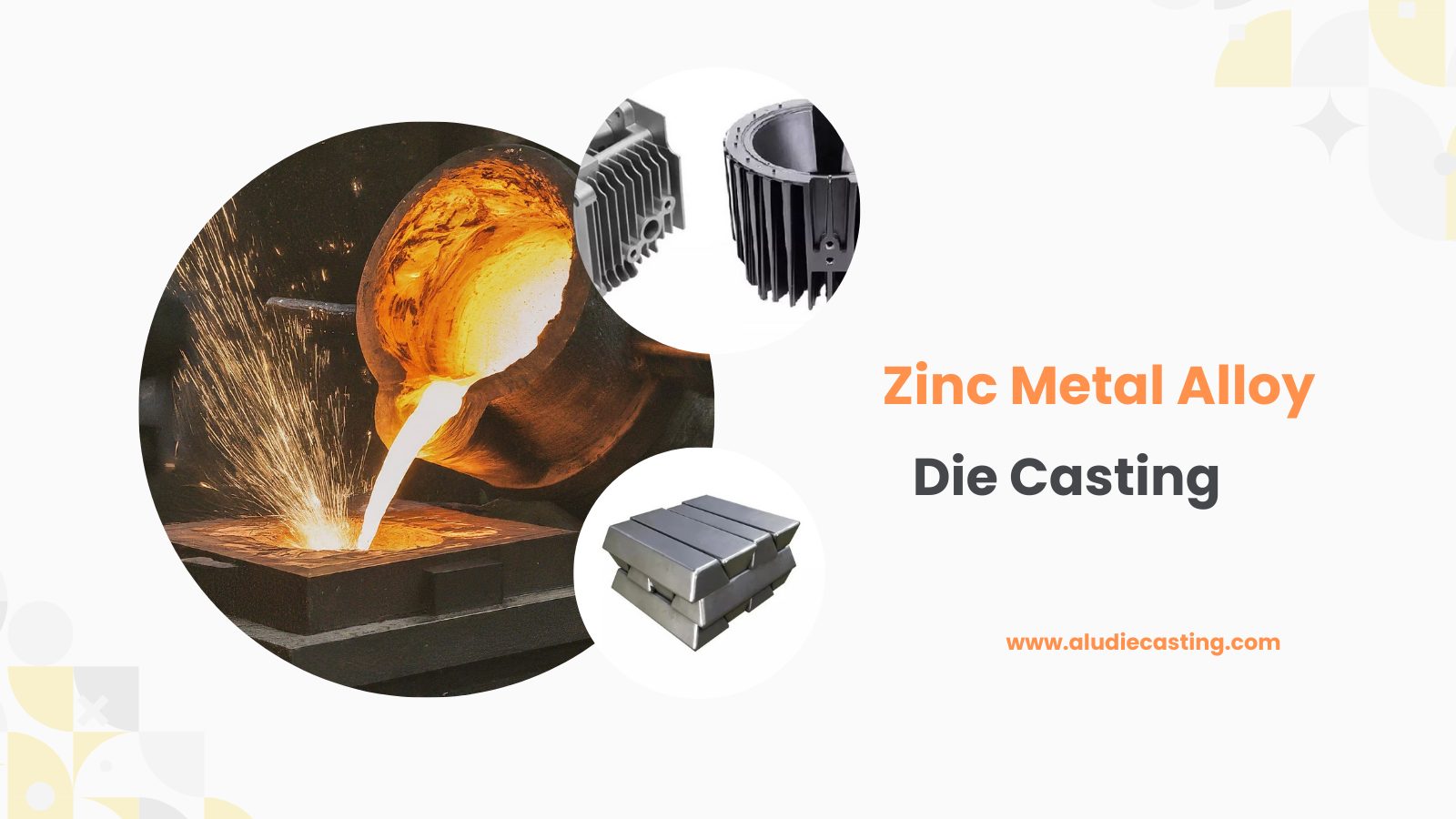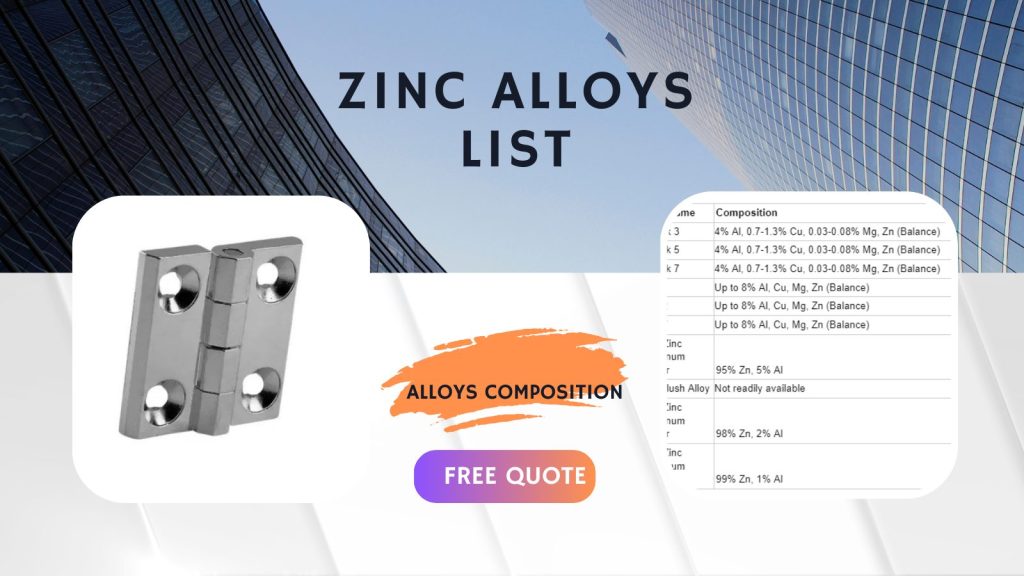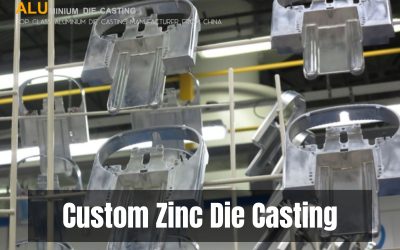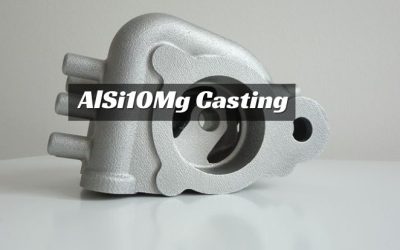Over 25 zinc alloys have been developed to date. Similarly, zinc alloys have two prominent families: zamak and za alloys. Zinc alloys contribute significantly to die-casting parts. For instance, from electric vehicle (EV) charging stations to smartphone components and designer furniture, zinc die-casting dominates everywhere.
Source: (Dynamic Wireless Charging System for Electric Vehicles Based on Segmented Zinc Alloy Plates)
Authors: Anurag A. Gadgil, Arya Bairoliya, and Balamurugan Parandhaman
Researchers from Linköping University have invented a rechargeable zinc-lignin battery. This design is unique and very reliable as it has a life span of more than 8,000 charging and discharging cycles. This innovation has the potential to offer a cheap and long-lasting source of energy storage in areas where electricity is scarce.
The rise of EVs presents unique challenges due to the need for lightweight components. Zinc alloys have improved strength-to-weight ratios. They are also used in EV battery housings and charging station components.
Zinc alloys are not just alloys. They are ideal for many industrial parts, like:
Automotive Industry
- Door handles
- Radiator grilles
- Instrument bezels
- Engine components
Consumer Goods
- Appliance parts
- Cabinet hardware
- Toys
Electronics
- TV remotes,
- Computer speaker housings
- Shielding against electromagnetic interference
Construction
- Doorknobs,
- Window hardware
- Roofing materials
- Decorative architectural elements
Other Industries
- sporting goods like golf clubs
In this article, we will learn about zinc alloys for die casting, their process, materials, advantages, applications, and types involved.
List of Complete Alloys of Zinc (Composition & Examples)
Understanding Zinc Alloys for Die Casting Components
Zinc alloys are versatile materials for die casting components. Why zinc alloys?
- Excellent castability
- Fast production
- Minimal casting defects
- Excellent dimensional Stability
- Good mechanical properties
- Higher strength
- Highly ductility
- High impact resistance
- Natural corrosion resistance
- Excellent surface finish
- Cost-effective
What are Zinc Alloys?
Zinc alloys are a versatile group of metals. Zinc (Zn) is the main element in zinc alloys. Zinc alloys also have other elements, each having a specific nature according to application. Here is a breakdown of the most common combinations and their results
Popular Zinc Die Casting Alloys
Zamak and ZA are the popular families of zinc die-casting alloys. Each has standardized compositions. Zamak alloys typically contain about 4% aluminum, while ZA alloys have a higher aluminum content (up to 8%) for increased strength.
Zinc die-casting alloys come in two main families, each meeting specific requirements:
Zamak compound (Zamak 3, 5, and 7)
Characteristics:
Good castability
- Zamak alloy is highly melt-resistant and flows easily into molds, resulting in stronger shapes and thinner walls.
- This allows for faster production cycles and fewer casting errors.
Balanced Strength & Ductility:
- These alloys provide a good balance of strength and flexibility.
- They are stronger than most non-metallic die casting alloys.
- They can withstand downward loads, but they also have some strength.
Excellent corrosion resistance
- Zamak alloys have inherent corrosion resistance.
- They can be further enhanced by plating or chromation.
Common uses
Due to its very spherical shape, Zamac paint is widely used in various applications, e.g
- Vehicle parts: door handles, radiator grilles, instrument bezels
- Consumables: faucet handles, appliance parts, cabinet hardware and toys
- Electronics: housing, heatsinks, and other components
ZA Alloys (ZA-8, ZA-12, ZA-27)
Characteristics
Increased aluminum content
- ZA alloys have a significantly higher percentage of aluminum (8%) than Zamak alloys (about 4%).
Improved Strength & Creep Resistance
- Increased aluminum content increases the overall strength of the alloy.
- It also increases creep resistance, a slowly changing material under constant stress.
Applications require high strength & creep resistance
- ZA alloy is the first choice when strength and distortion resistance are important factors.
Common uses
- Vehicle Parts: Accessories such as brackets and engine parts
- Accessories: door knobs, hinges, and locks
- Industrial equipment: Materials requiring high corrosion resistance
Zamak and ZA Alloys Property Comparison
Here is a table comparing the main characteristics of Zamak and ZA alloys:
Selecting the Right Zinc Alloy
Choosing the right zinc alloy depends on your priorities. Need difficult structures and rapid production? Zamak alloys win with their amazing castability.
However, if higher strength and resilience are crucial, choose ZA alloys. They handle heavier masses and withstand bending better, but casting can be trickier.
Consider:
- Zamak for everyday items like doorknobs
- ZA alloys for structural elements like automobile brackets
Here’s a table summarizing the critical properties of Zamak alloys and ZA alloys:
The Advantages of Zinc Die Casting Components
Zinc die casting part stands out in the manufacturing industry for its impressive mix of properties and economic advantages. Here’s what makes it so popular:
- Low Melting Point: Zinc’s low melting point (about 380 °C) allows it to flow rapidly into molds, creating dramatic shapes and thin walls. This means:
- Faster Processing: The molds fill up faster, resulting in shorter processes.
- Less Errors: The slower flow rate reduces the chances of final products being exposed or cracked.
- Strong Tolerance: Zinc casting retains its shape exceptionally well after cooling, resulting in parts with a uniform design and strong tolerances. This eliminates the need for new equipment, saving time and money.
Zinc Alloys: Mechanical Properties
Strength & Ductility
Zinc alloys provide wonderful balance. They are stronger than most conventional nonmetallic die casting alloys. Zinc alloys can withstand higher loads. Additionally, they are ideal for applications that require strength.
Additional Advantages
Natural Corrosion Resistance
Zinc provides natural corrosion protection, making it suitable for water or simple applications. This natural resistance can be further enhanced by plating or chromating for even greater protection, reducing the need for additional coatings in some cases.
Thermal & Electrical Conductivity
Zinc’s good thermal conductivity makes it an ideal material for heat sinks, helping to prevent heat dissipation in electronic components. Its electrical properties can also be useful in some electrical applications.
Recyclable
Zinc is highly recyclable. Scrap from the die casting process and old zinc material can be reused, contributing to sustainable production.
Cost
Zinc itself is relatively cost-effective, and the die-casting process is efficient. This combination makes zinc die casting an economically friendly mass-production process.
In conclusion, zinc die casting parts offer great properties like:
- speed
- accuracy
- strength
- affordability
- environmental friendliness
This makes it a versatile and valuable solution for many applications across industries.
Die Casting Process for Zinc Alloys
Zinc die casting components are high-pressure process that turns molten zinc into uniform, dense parts.
- Hot Chamber Die Casting: Shaping Zinc with Speed Hot chamber die casting is very powerful for zinc alloys because of their low melting point. Here’s how:
- Die Prep & Molten Zinc: The metal molds are cleaned, greased, and preheated. Meanwhile, molten zinc sits in a holding furnace, ready to be cast.
- High-Pressure Injection: A plunger forces molten zinc under high pressure into the mold, filling in even more details.
- Solidification & Ejection: Zinc cools rapidly and solidifies, taking the shape of the mold. Once it hardens, the mold opens, and ejector pins push the new casting out.
- Trimming & Finishing: Excess material is removed from sprue and excess. The casting can require additional finishing, such as deburring, plating, or painting.
- Hot Chamber Advantage: This method provides faster cycle times because the molten metal is continuously available, and the equipment setup is simpler than cold chamber methods.
Die Casting’s Edge Over Other Methods
Die casting offers distinct advantages over other casting methods:
- High Production & Repeatability: High pressure and automation enable rapid production of uniform, quality parts.
- Complex Shapes & Tight Tolerances: Die casting excels at creating intricate shapes with thin walls and tight tolerances due to accurate mold shapes and high injection pressures.
Zinc alloy die casting provides a rapid and cost-effective method of producing strong and high-quality parts in large quantities.
Applications of Zinc Die Casting
Zinc die casting parts are used in various industries. Let’s explore some examples:
Automotive Industry
Zinc die casting is widely used in the automotive industry for many applications. Zinc die-cast parts provide the automotive industry with strength, accuracy, and cost savings for components and parts. Some of the most commonly used applications are given below.
- Engine brackets
- Transmission housings
- Door handles
- Knobs
- Bezels
- Brackets
Consumer Industry
Zinc die casting parts have great examples in the consumer industry. Zinc die casting allows complex and beautiful designs for consumer products. producing high-quality parts for doors, hardware, and furniture. The process provides durable and corrosion-resistant products. Some common examples are:
- Heat sinks
- Door knobs
- Hinges
- Furniture parts
Lighting
Zinc die casting parts have many advantages in electrical applications. Zinc alloys are stronger than many plastics or other metal alloys. Zinc also has outstanding electromagnetic shielding and vibrational dampening properties, both of which are desirable when protecting internal electrical components.
Some common examples are:
- Lighting fixtures
- Reflectors
Robotics
There is a huge demand for lightweight and functional components that can handle repetitive robot movements. Zinc die casting has the great ability to produce complex shapes with a strength-to-weight ratio. Today, zinc die casting is being investigated for use in many robotic parts, such as:
- Robotic arms,
- Grippers
- Sensor housing
Considering Zinc Die Casting vs. Aluminum Die Casting
The choice of zinc or aluminum die casting depends on your priorities. Here is a table summarizing the main differences:
Zinc excels in shape and motion stability, while aluminum strengthens rigid components.
Conclusion
Zinc alloys shine in die casting because of their winning combination of material and cost-effectiveness. They provide excellent properties, like:
- Good strength
- Natural corrosion resistance
- Ability to recycle
The die casting process offers more accurate parts, faster manufacturing speeds, and less post-processing. Zinc alloys are ideal for high-volume manufacturing in industries. These alloys have a range of applications from automotive to consumer electronics. Zinc die casting is silently shaping our everyday world.
FAQs
Does zinc alloys tarnish?
Zinc alloys are also prone to tarnishing, but it is not like iron rusting away. Here’s a breakdown:
Tarnish vs. Rust: Rust is corrosion that is associated with iron (Fe). Iron combines with oxygen and moisture, and gives out iron oxide, which is commonly known as rust. This red, flaky substance destroys the metal.
Zinc Alloy Corrosion: When exposed to the atmosphere, zinc alloys react with oxygen to form zinc oxide. This layer affords some protection to the later layers, but it comes in the form of a white film that spoils the finish.
What is copper zinc alloy?
Another name for brass is Copper zinc alloy. It is perhaps one of the most widely used and most flexible types of metal alloys out there. Brass is an alloy produced through the combination of copper and zinc, with the ratio being more copper than zinc where it is about 66% copper and 34% zinc.
What is copper and zinc alloy crossword?
The solution to the crossword puzzle for the term; a copper and zinc alloy would be BRASS.
Here’s why:
Material: Copper zinc alloy is common referred to as brass.
Crossword Length: ”Brass” is entirely appropriate at five or six letters, typical lengths for the answers in crossword puzzles.
Although there are other copper-based alloys, such as copper-tin alloy known as bronze, the commonest is brass.
What is zinc alloy metal?
Zinc alloy metal is a type of metal that has zinc as the major component but other metals are included to improve on its properties. Here’s a breakdown:
Zinc: The alloy base that gives the material’s optimum cost, weight, and formability.
Alloying elements: These are generally metals such as aluminum, copper, magnesium and, at times, iron. Each element contributes specific properties: Each element contributes specific properties:
Aluminum: Increases strength, decreases melting point, and helps with casting.
Copper: Improvements in the properties such as strength, corrosion resistance, and machinability.
Magnesium: Enhances dimensional stability and castability.
Iron Can increase strength and corrosion resistance, but it can also make the alloy brittle when used in large quantities.
Can Zinc Alloy rust?
Zinc alloys do not Rust in the actual sense because Rusting is a precise form of corrosion occurring on Iron. However, zinc alloys do not rust; they corrode differently than steel. Here’s a breakdown:
Rust: Iron (Fe) combines with oxygen (O2) and moisture (H2O) to produce iron oxide (Fe2O3) which is generally known as rust. This red, flaky substance causes element to lose its strength.
Zinc Alloy Corrosion: When exposed to the atmosphere, zinc alloys can create a layer of zinc oxide, a compound of zinc and oxygen. This layer protects against further corrosion, but it makes a white hue on the surface that can spoil the piece’s look.






0 Comments